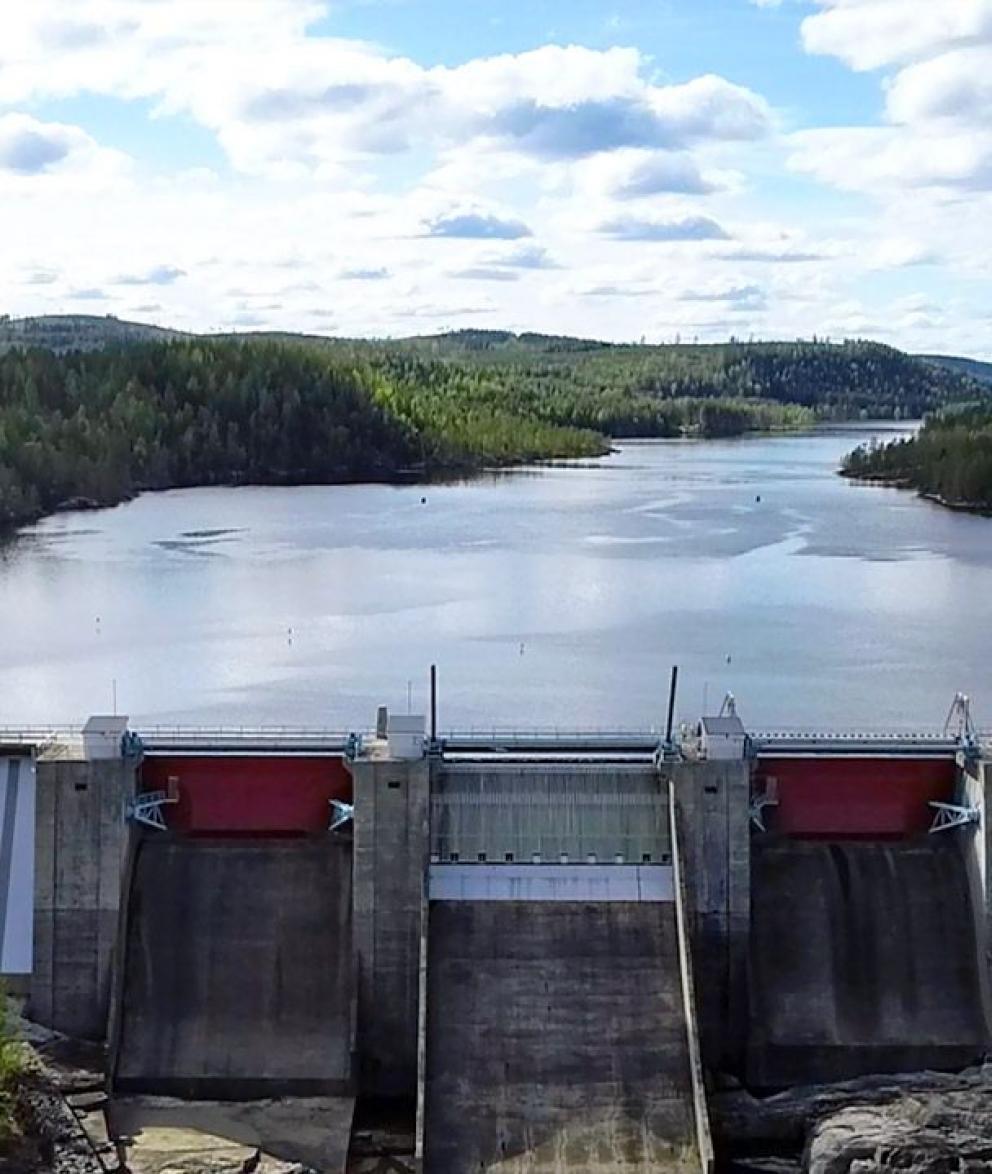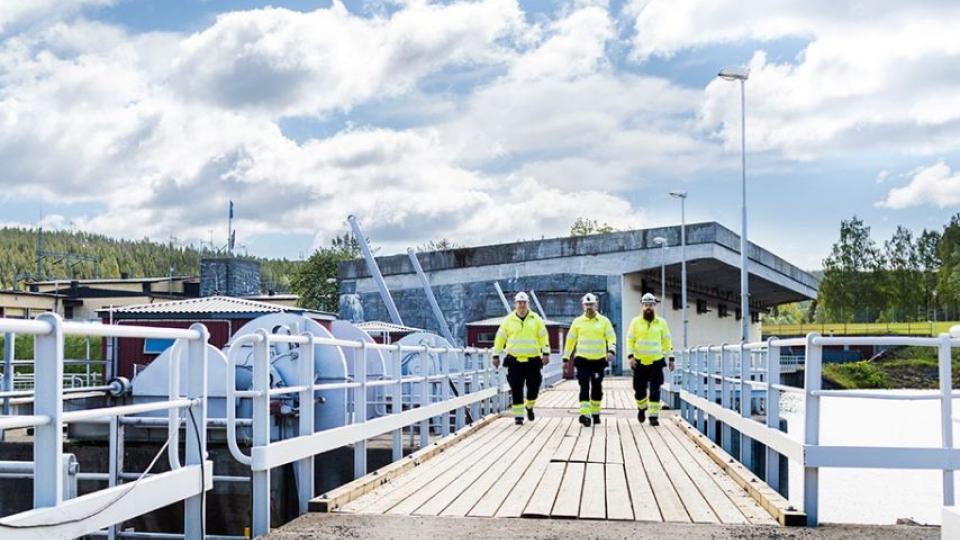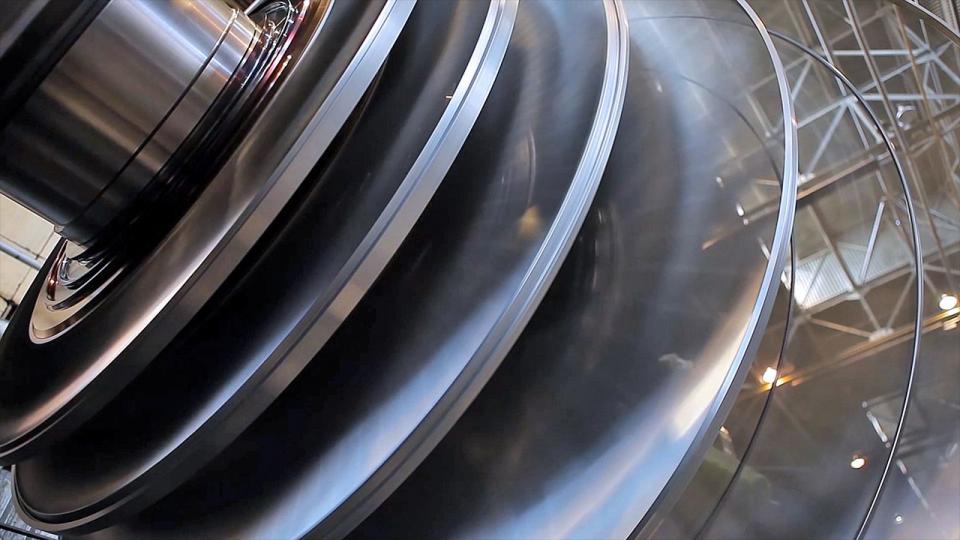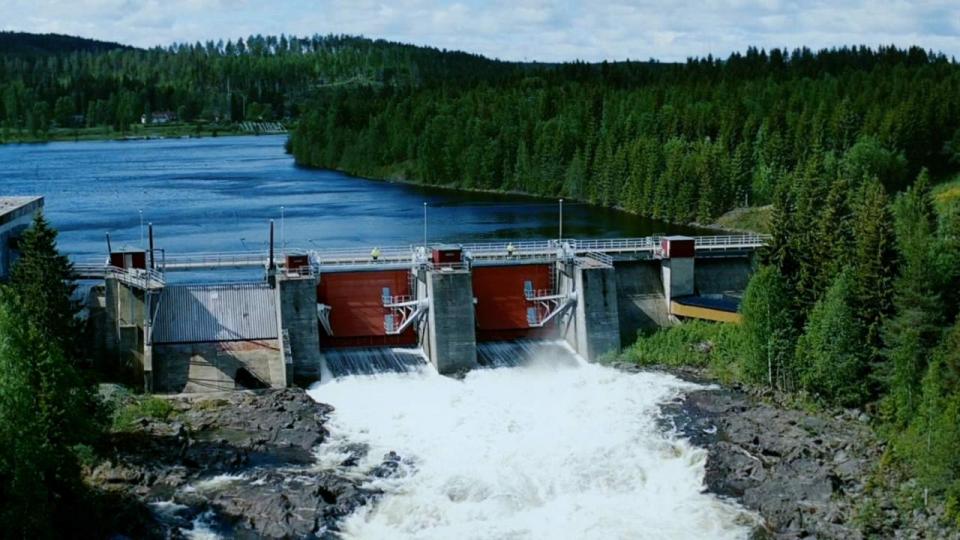Storage or planable electricity production
Thanks to hydropower and nuclear power, we have access to electricity when we need it. Learn more about the difficulties of storing electricity.
We cannot control the weather
The main power source that is undergoing expansion in Sweden is wind power. However, on cold winter days with little wind, our wind turbines deliver relatively little electricity. Conversely, on a warm and windy day, far more electricity is produced than is needed in the system at that moment. The increased element of wind power also causes imbalances in the electricity system. In the worst case, these fluctuations will cause electricity shortages – if the fluctuations are greater than what our balancing power can manage to cope with. In Sweden, it is primarily hydropower that balances access and demand, which maintains the stability of our electricity system– regardless of the weather.
Ongoing research in electricity storage
For many years, industry and researchers have been looking into ways to store electricity from surplus production periods, in order to cope with the shift to a higher percentage of weather-dependent power. There are several potential solutions. Most are in their early stages of development, but some can already be put to use now.
Hydropower has been a pillar of our electricity system for a long time. Its design allows for large amounts of fixed energy to be held in our dams, which serve as a natural storage facility. We can start up production when we need more electricity and the system can be activated quickly, which is crucial to maintaining the right frequency in the electricity system. At present, hydropower is the only large-scale solution to storing electricity in the Swedish electricity system, although more methods are needed, particularly due to the steadily increasing demand for electricity.
One method is to use batteries to store electricity. Uniper is collaborating with, among others, Aachen University to develop M5BAT, a large-scale battery storage system. The project is gathering valuable information about the aging, reliability and service life of batteries, which will be important to the development of this storage technology in the future. The major challenge with utilizing batteries is that the material consumption and carbon footprint they involve are still problematic in terms of the relatively small amounts of energy that can currently be stored.
In Germany, Uniper is also testing what is known as power-to-gas technology. This entails converting wind power into hydrogen, which allows us to store unused energy at the time of its production.
The hunt for 150 billion kWh has begun
The industry organization, Swedenergy, estimates that in 2045, our total electricity consumption will be approximately 190 TWh in Sweden. The Confederation of Swedish Enterprise expects an even higher demand of about 200 TWh. If we compare both scenarios with the roughly 140 TWh we consume today, we will thus require an additional 50–60 TWh within 25 years, as a result of digitalization and electrification.
Furthermore, the Swedish Energy Agency’s most recent analysis indicates that a large number of power plants will exceed their age limit by 2045. The combined production of these power plants is 100 TWh per year. In total, we will need a minimum of 50–60 TWh to cover increased electricity consumption, and we may need up to 100 TWh to compensate for decommissioned power plants. Therefore, we are talking about 150 billion kilowatt hours, and we must begin planning for this now.
We ensure that the electricity system remains stable
As part of the global Uniper Group, we are a major electricity and power producer for Swedish base industry and a guarantor of stable and reliable electricity generation. We have power plants throughout the country for fossil-free hydro and nuclear power, as well as the Nordic region’s greatest peak power and reserve power. Uniper’s electricity is used to ensure that our society and industries function, regardless of the weather and time of year. In terms of hydropower, we are the third-largest producer in Sweden. Our 74 wholly and jointly owned hydropower plants, distributed from Lycksele in the North to Kristianstad in the South, account for approximately 12% of Sweden’s total hydropower production. The Uniper Group is a co-owner of all three of Sweden’s active nuclear power plants.
Find out more
In the Swedish electricity system, hydro power is currently Sweden’s largest source of renewable energy and accounts for approximately 45% of Swedish electricity generation.
For Sweden to function and continue developing, we need secure and stable access to fossil-free electricity throughout the country.
We are seeing rising demand for electricity as society develops and new innovations see the light of day. Consequently, balancing power becomes increasingly important, the more solar and wind power we utilize in the electricity system.



